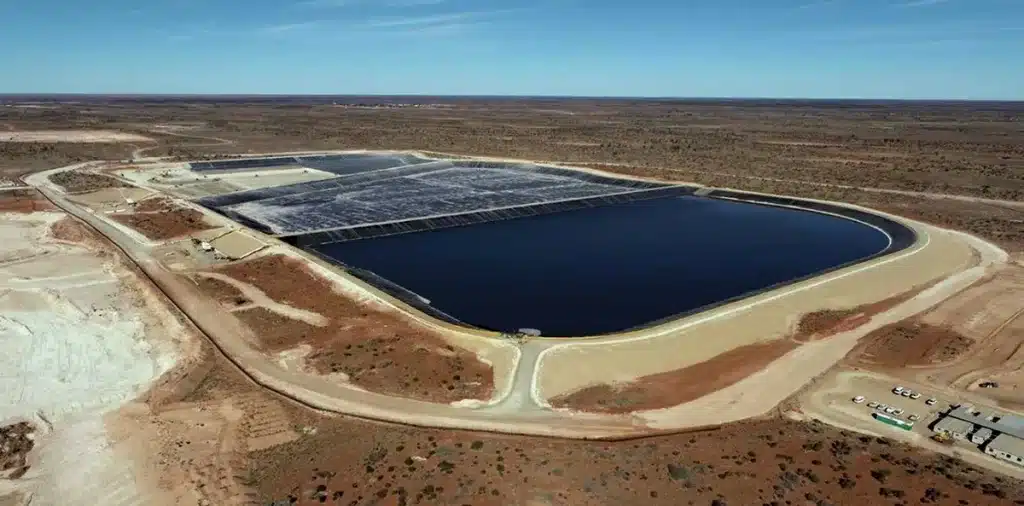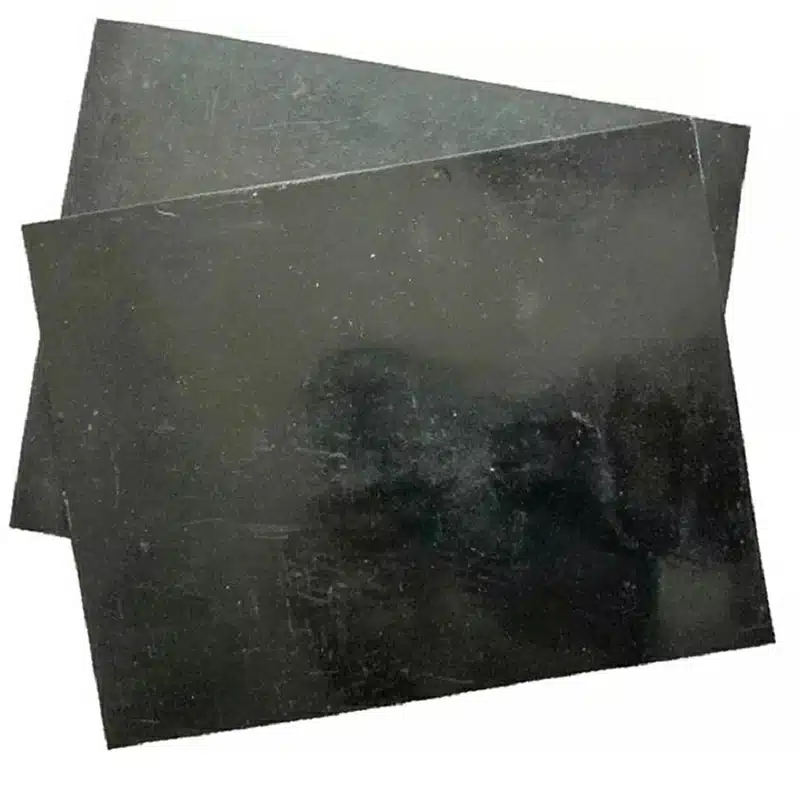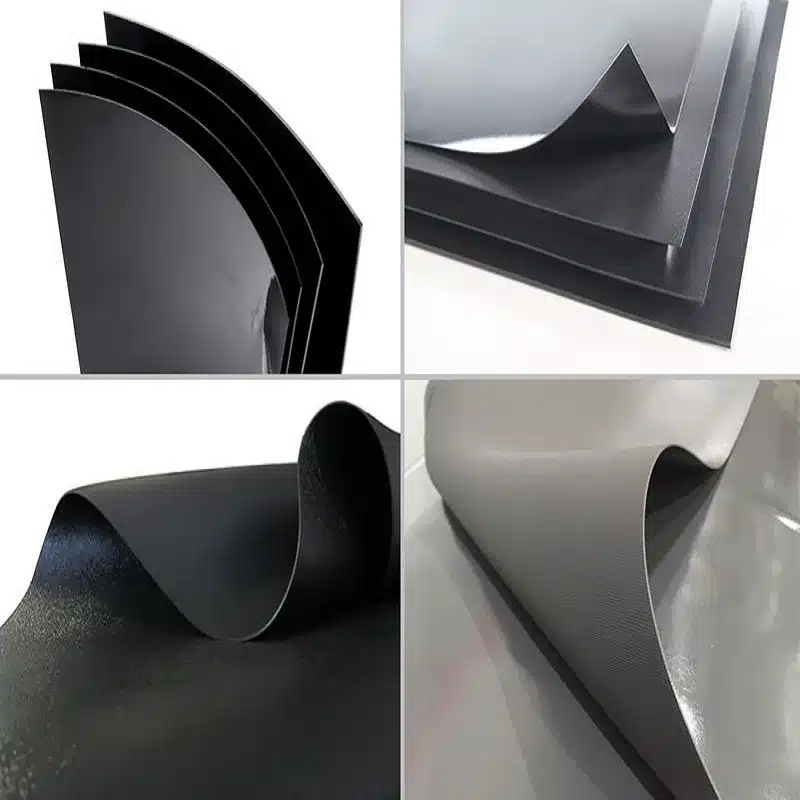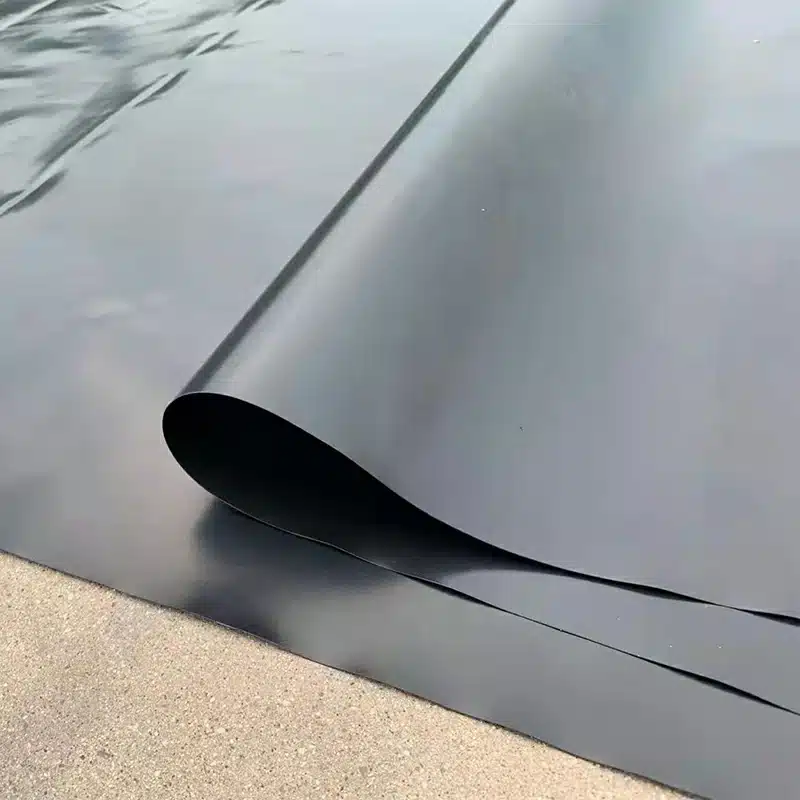+86-159 9860 6917
info@geofantex.com
geofantex@gmail.com
+86-400-8266163-44899
Geomembrane liners play a crucial role in environmental protection and containment solutions. In this article, we will explore what geomembrane liners are, the different types available, how they differ from geotextiles, and their specific application in landfills.

What is a Geomembrane Liner?
A geomembrane liner is a synthetic membrane used to control fluid movement in human-made projects. It’s crafted from materials like HDPE, PVC, or EPDM and acts as a barrier to stop contaminants from spreading. This makes it perfect for tasks needing fluid containment and environmental protection.
What Are the Different Types of Geomembrane Liners?
Geomembrane liners come in various types to suit specific project requirements. Some common types include:
- HDPE Geomembranes: High-density polyethylene geomembranes are renowned for their durability and resistance to UV radiation and chemical substances. They are widely used in landfill applications, mining, and wastewater treatment.
- PVC Geomembranes: Polyvinyl chloride geomembranes are known for their flexibility and ease of installation. They are often used in applications like decorative ponds, reservoirs, and agricultural ponds.
- EPDM Geomembranes: Ethylene propylene diene monomer geomembranes offer excellent resistance to weathering and ozone exposure. They are commonly used in applications such as decorative water features, pond liners, and roofing systems.
What Is the Difference Between Geotextile and Geomembrane Liner?
While both geotextiles and geomembrane liners are used in geosynthetic engineering, they serve different purposes. Geotextiles are permeable fabrics used for filtration, drainage, and soil stabilization. They allow water to pass through while preventing the movement of soil particles. In contrast, geomembrane liners are impermeable and function as a barrier to contain fluids or prevent the migration of contaminants. Geotextiles are often used in conjunction with geomembranes to enhance filtration and drainage capabilities.
What Is a Geomembrane Liner for a Landfill?
In modern landfill design, a geomembrane liner is crucial. It acts as the primary barrier between waste materials and the environment. To safeguard against potential contamination from hazardous waste materials, the liner must be 60 mils (0.06 inches) thick and constructed from a highly impermeable material like high-density polyethylene (HDPE). This thickness and material prevent leachate, the liquid formed as rainwater percolates through the waste, from seeping into the soil and groundwater. HDPE geomembrane liners are favored for their strength and resistance to chemical leachate, making them a common choice.
In conclusion, geomembrane liners are versatile and essential tools in the realm of environmental protection and containment solutions. Their ability to prevent fluid migration and contamination makes them indispensable in applications such as landfills, reservoirs, and industrial facilities. Understanding the various types of geomembranes and their unique properties helps in selecting the right liner for specific projects, ensuring maximum environmental safety and sustainability.



Get Free Sample
We’ll respond as soon as possible(within 12 hours)






















